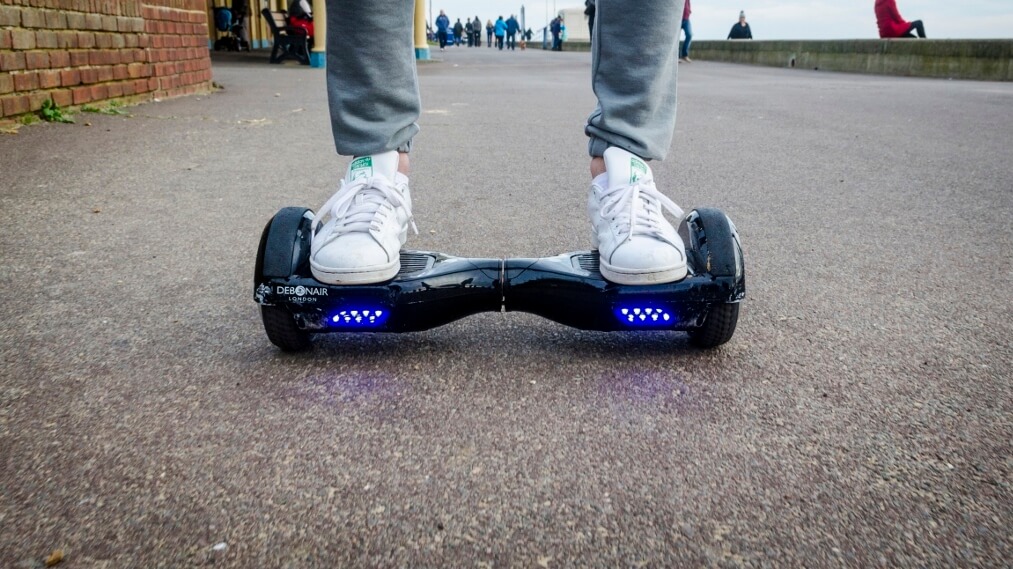Understanding what your customers are going to want next is critical to succeeding in business. Here’s how to stay ahead of the curve.
Seven Tips On Spotting Consumer Trends
Understanding what your customers are going to want next is critical to succeeding in business. Here’s how to stay ahead of the curve.

The word ‘trend’ is pretty confusing. Macro trends, political and economic trends, technology trends. Fashion and social trends. Then there is what’s popular and “#trending.” So many trends, so little time...
1. Know what a consumer trend is
Let’s be clear about what we’re talking about. A consumer trend is a new manifestation among consumers – in behavior, attitude, or expectation – of a fundamental human need, want or desire.
Underneath our definition lies a model that juxtaposes external change – technological, social, economic and more – against human nature, which, at its most fundamental, doesn't change. That model will let you understand how new consumer trends emerge, and how to know a trend when you see one.
2. Where do trends come from?
Trends emerge as innovators address people’s basic human needs and wants in novel ways. That’s why new innovations are such powerful signals of potential trends. Yes, innovations aren’t trends themselves.
But new products, services and campaigns are 'bets on the future' – taken on aggregate, they allow us to access the wisdom of the business crowd, and draw powerful insights on new directions of travel in the consumer arena.
Indeed, without examples of customer-facing innovations tapping into it, a trend can’t be said to exist fully (it’s either a futurist’s flight of fancy or an as yet unvalidated opportunity).
For example, you can’t identify a trend for more irreverent, “human” brands without businesses like Ben & Jerry’s or Old Spice delighting customers. You can’t describe the rise of the “on-demand economy” without the existence and rapid growth of services like Uber or Instacart. You can’t have a zoo without animals!
Of course, when it comes to trends, there are “good” and “bad” innovations. On-trend innovations will be those that hit the sweet spot and cater to people’s basic needs, wants and desires, while anticipating or responding to external change.
3. Know the difference between a trend and a fad
The difference between a trend and a fad? Trends emerge when external change unlocks new ways to serve age-old human needs and desires.
So: Tinder. The internet unlocked new ways to serve the age-old human desire for human connection. Now, there's the expectation that the instant connection and social gratification available online will be a part of offline social lives, too. That's a trend. Tinder is just one, hugely successful example of that trend.
Will consumer desire for instant connection and social gratification continue? Yes. And will there be new opportunities to serve that desire? Absolutely.
4. Think beyond market research
Traditional market research is a powerful tool when it comes to many questions: market size, brand perception, audience share, and more.
But traditional market research is inherently backward-looking, because it is based on data about what consumers were doing and saying yesterday. And it is typically bounded by what consumers themselves are able to articulate about their wants, needs and behavior (and we all know what innovators from Henry Ford to Steve Jobs thought about relying on that).
Of course, data can support trend analysis. But trend watchers understand that if they rely only on conventional market research – that is, data on yesterday's consumer choices and statements – they'll risk missing powerful future opportunities.
5. Don’t get hung up on the success or failure of a single innovation example
When taken on aggregate new products, services and campaigns can help suggest future directions for consumer behavior. But trying to draw broad conclusions based on the success or failure of individual innovations just won't work.
A single example is simply one attempt to adapt a trend for a specific context: that is, the target market and consumer. There are simply too many variables (logistics, financing, execution, etc) at work to draw conclusions about entire trends from one or even a handful of examples.
Plenty of peer-to-peer startups failed in recent years. But try telling the founders (and users) of Airbnb that this invalidates the ongoing trend for peer-to-peer consumerism.
6. Seek inspiration outside of your industry and market
Consumers don't live inside industry silos and neither should you. Focusing on trends and innovation inside your industry alone is a sure way to lose, because you're not competing only against other players in your industry; you're competing against everyone. Today, information and excitement about new products or experiences travels near-instantly.
Customer expectation – about what is possible, and who is doing it best – is set and reset at light speed. So who are your competitors now? Your industry colleagues? Or the brands in other industries that are finding new ways to surprise, delight, and raise expectations?
The question you need to ask yourself revolves around how to adapt a trend to your market?
7. Think beyond your ‘traditional’ demographics
Some counter-intuitive wisdom to end on. Yes, we know lots of marketers are still obsessed with traditional demographic segments: baby boomers, millennials, luxury consumers, and more.
People – of all ages and in all markets – are constructing their own identities more freely than ever. As a result, consumption patterns are no longer defined by ‘traditional’ demographic segments such as age, gender, location, income, family status and more.
Indeed, successful products, services and brands transcend their initial demographics almost instantaneously. And successful entrepreneurs will be those with a deep understanding of customers’ needs and wants, yet who are able to take a broad view and learn from innovations that are delighting consumers in seemingly dissimilar or even opposing demographics.
As Steve Jobs famously said:
"People don’t know what they want until you show it to them. That’s why I never rely on market research. Our task is to read things that are not yet on the page."
Looking at disruptive, expectation-setting innovations helps you to read what’s not yet on the pages for your customers. Look at what other business are showing people. Read what’s on those pages. And then write your own.
Good luck!
Read more about TrendWatching’s end-to-end methodology in the new book Trend-Driven Innovation.
Thanks for signing up to Minutehack alerts.
Brilliant editorials heading your way soon.
Okay, Thanks!




